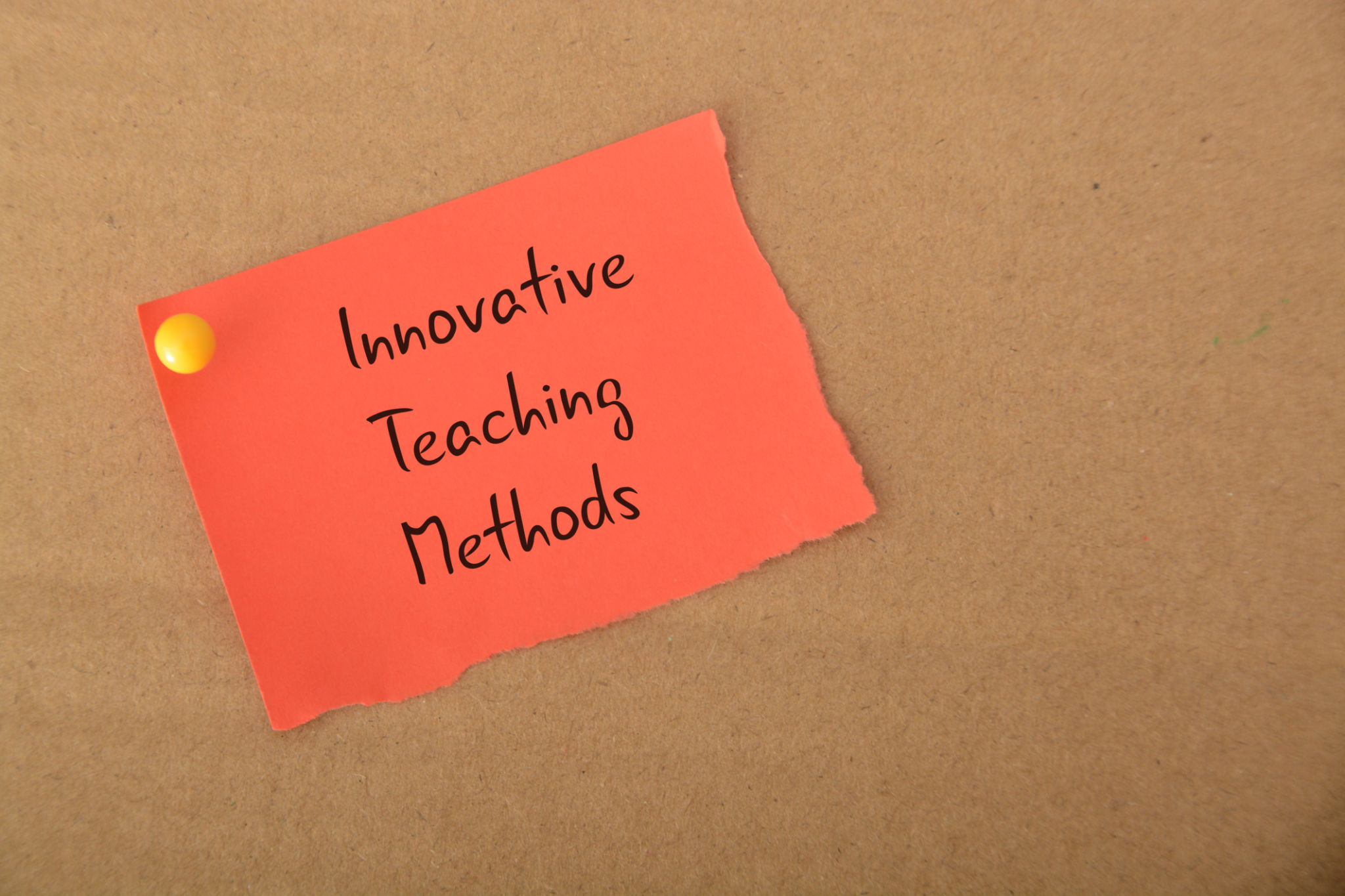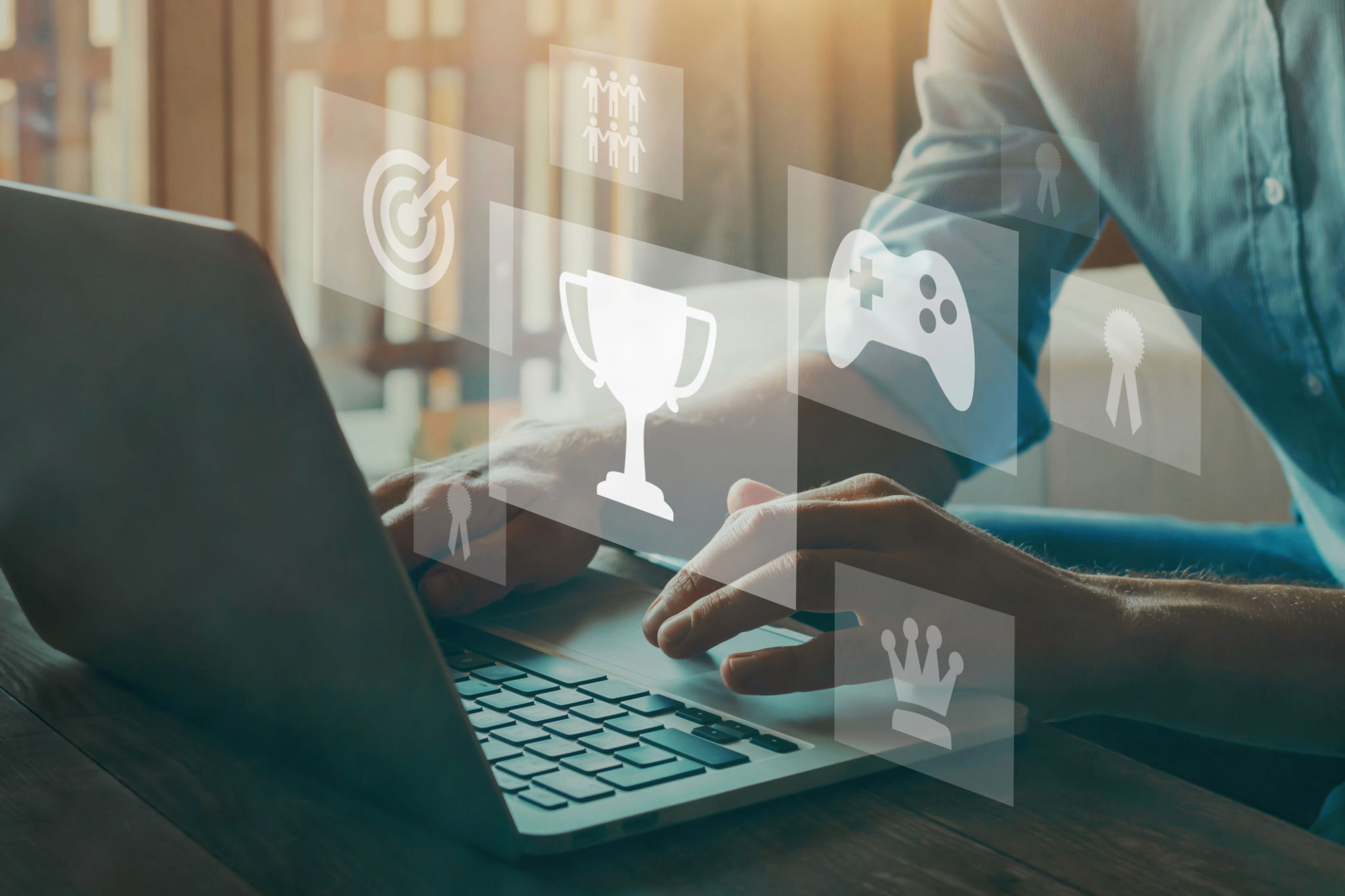Success Stories: How Innovative Teaching Methods Improved Student Outcomes
Introduction to Innovative Teaching Methods
In recent years, educational institutions have been exploring a variety of innovative teaching methods to enhance student learning and improve outcomes. These methods, which often incorporate technology, personalized learning, and active engagement strategies, have shown significant promise in transforming traditional classrooms into dynamic learning environments.
Success stories from schools around the world demonstrate how these approaches can lead to improved student performance, increased motivation, and a deeper understanding of subject matter. In this blog post, we will explore some of these inspiring stories and the methods that made them possible.

Flipped Classroom Model
The flipped classroom model is one innovative approach that has gained considerable attention. By reversing the traditional teaching setup, students engage with instructional content at home via video lectures or reading materials, and then use classroom time for discussions and hands-on activities. This approach allows students to learn at their own pace and apply their knowledge in interactive settings.
A notable success story comes from an urban high school that implemented the flipped classroom model in its science department. Teachers reported a significant increase in student engagement and understanding of complex scientific concepts. As a result, the school saw improved test scores and a heightened interest in STEM fields among students.
Project-Based Learning
Project-based learning (PBL) is another effective teaching method that emphasizes real-world applications of knowledge. In PBL, students work on projects that require critical thinking, collaboration, and problem-solving. This method not only helps students acquire deeper subject knowledge but also develops essential life skills.

A remarkable example of PBL success can be seen in a rural elementary school. Here, students worked on a community garden project, integrating lessons from science, math, and social studies. The hands-on experience enabled students to understand the interconnectedness of these subjects while positively impacting their community.
Gamification in Education
Gamification involves using game design elements in non-game contexts, like education, to motivate and engage learners. By incorporating elements such as points, badges, and leaderboards, educators can create a more stimulating learning environment that encourages participation and persistence.
An inspiring case is a middle school that adopted gamification strategies in its mathematics curriculum. By turning math problems into interactive games, students became more enthusiastic about learning, leading to higher achievement levels and a more positive attitude toward the subject.

Personalized Learning
Personalized learning tailors education to meet individual student needs, preferences, and learning speeds. This approach often leverages technology to provide customized instruction, ensuring each student receives the support necessary to succeed.
One success story involves a charter school that implemented a personalized learning platform for its language arts program. The platform allowed teachers to track student progress and adapt lessons accordingly. As a result, reading comprehension scores improved significantly, and students developed greater confidence in their abilities.
Conclusion: The Future of Education
These success stories highlight the transformative power of innovative teaching methods. By embracing new approaches and adapting them to meet the needs of diverse learners, educators can create more effective and engaging educational experiences.
As schools continue to innovate and experiment with different teaching strategies, it is crucial to share successes and challenges within the educational community. By doing so, we can collectively advance towards a future where all students have the opportunity to reach their full potential.
